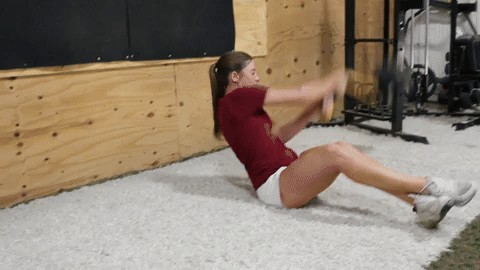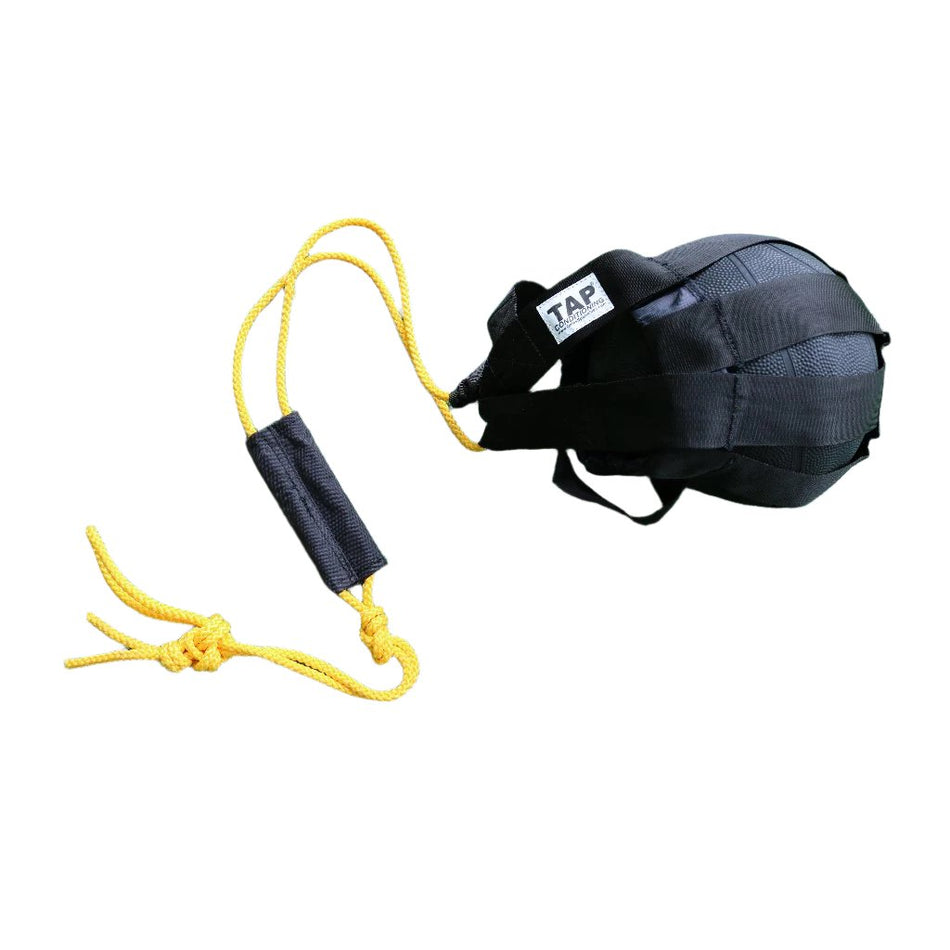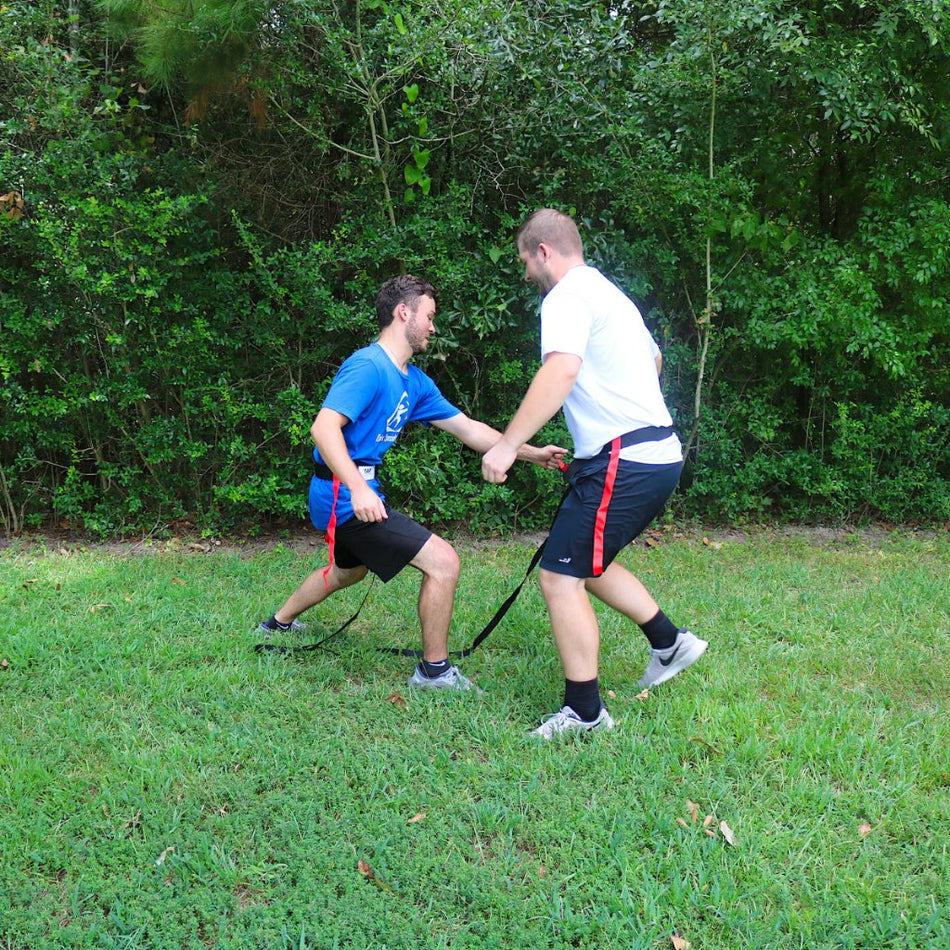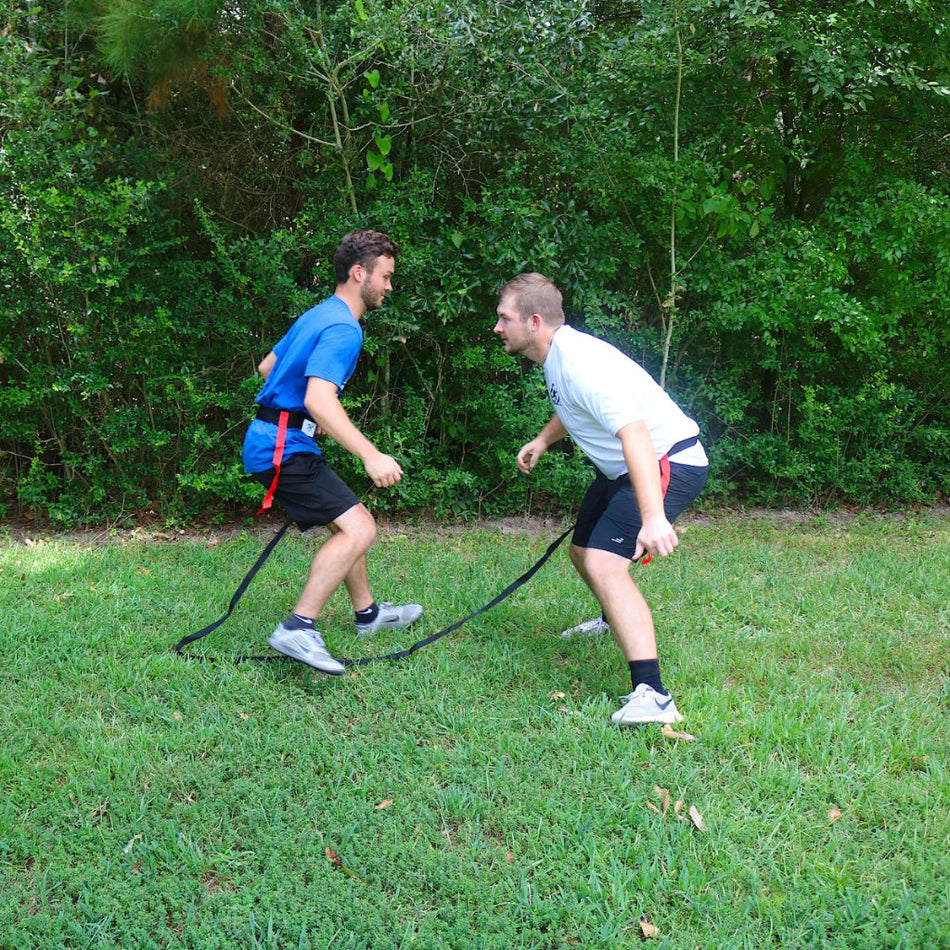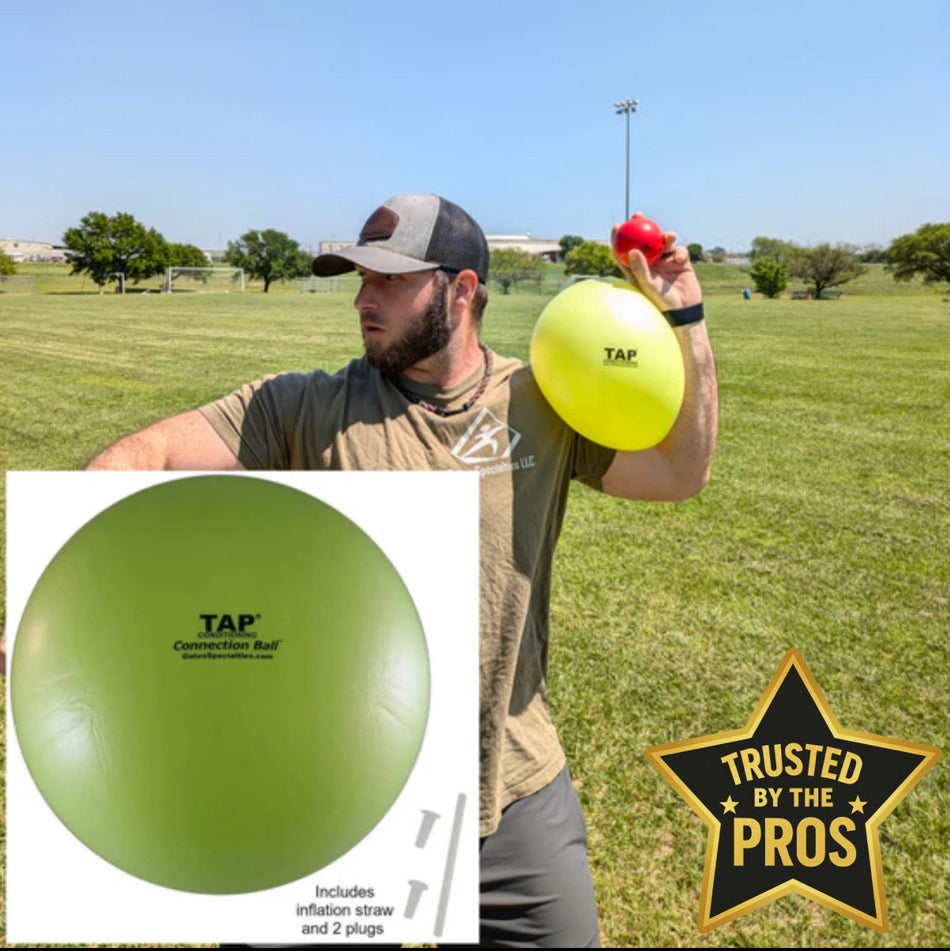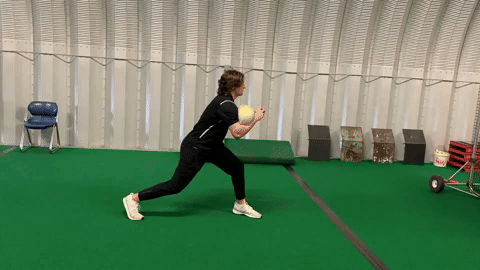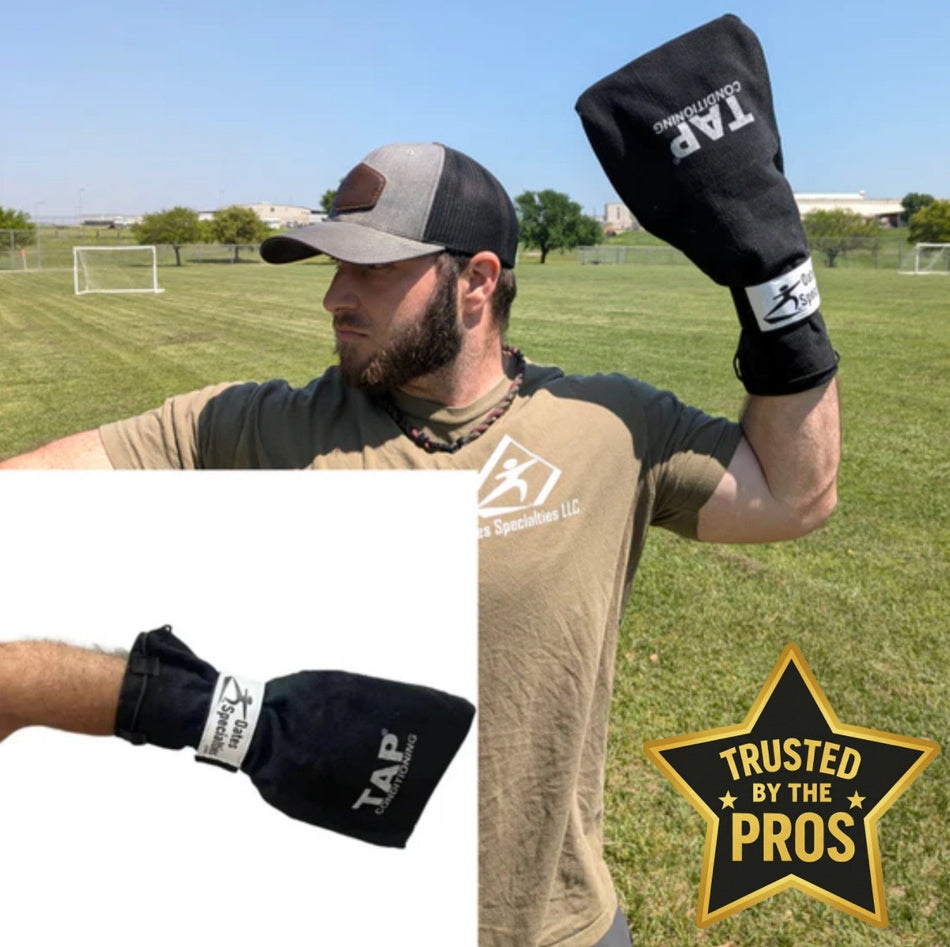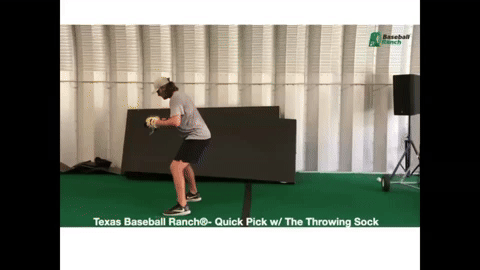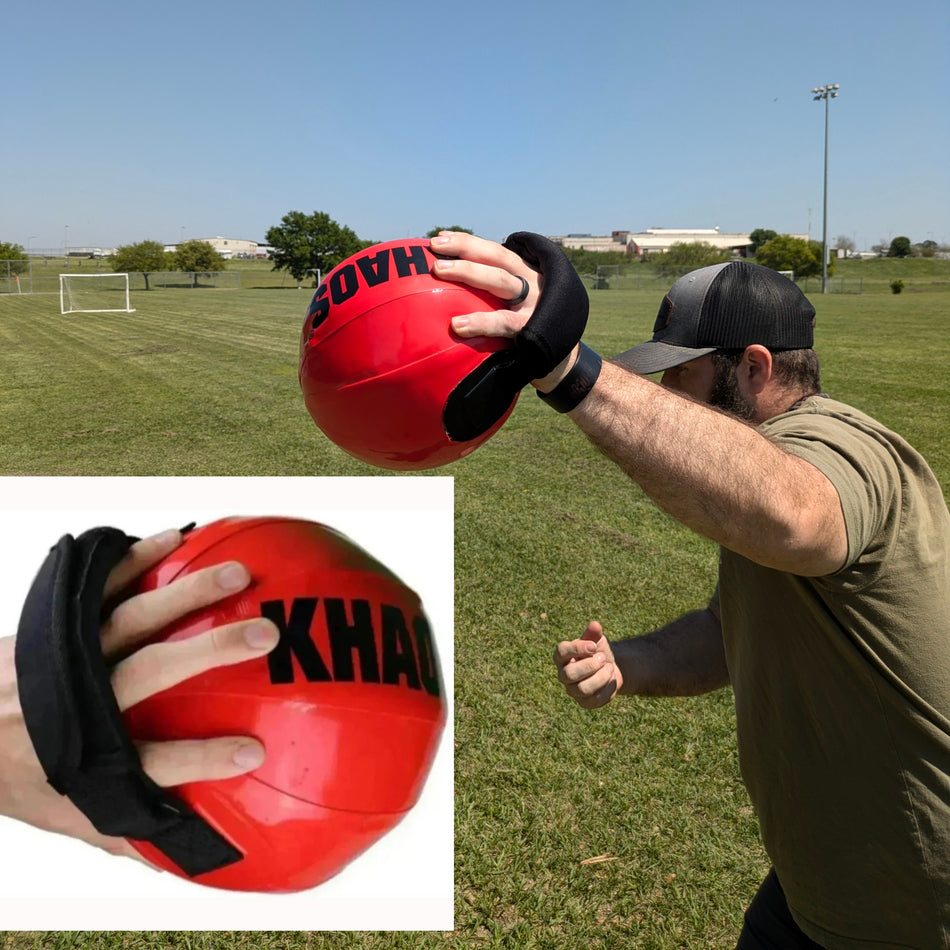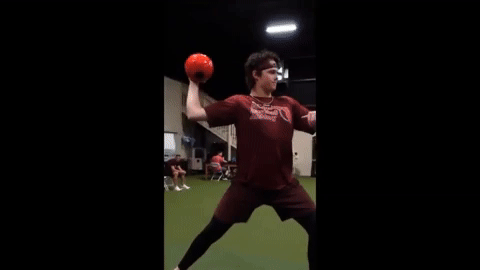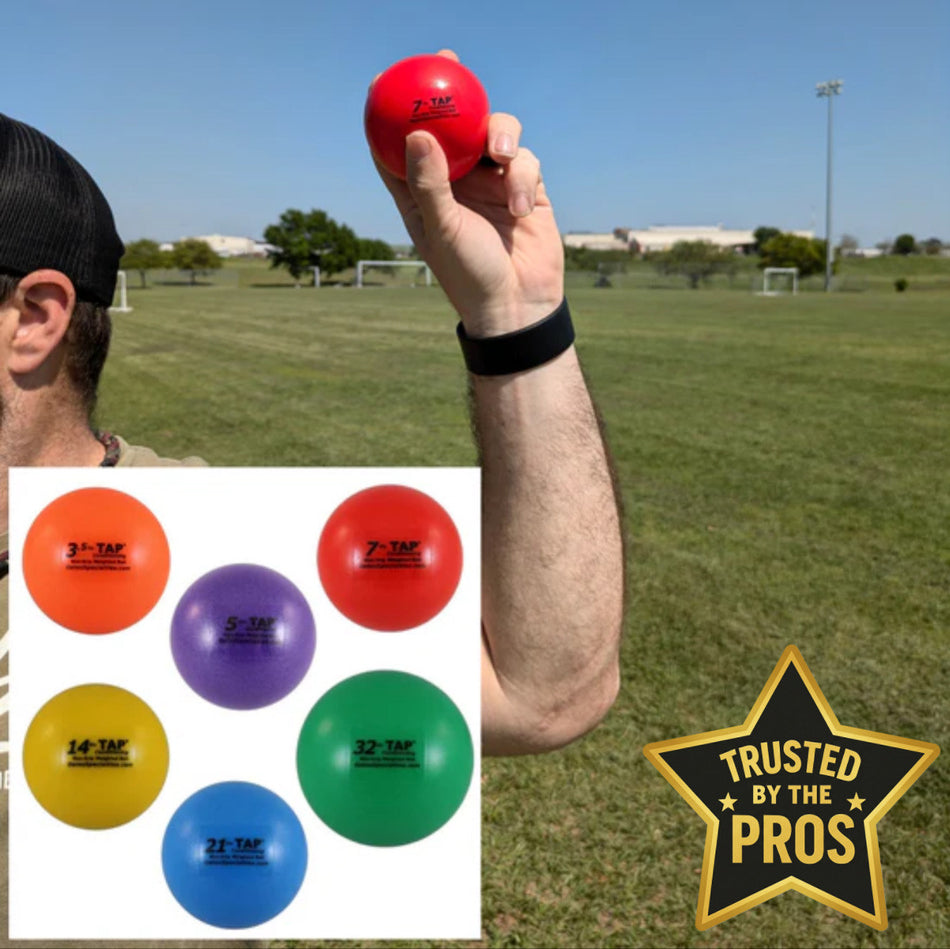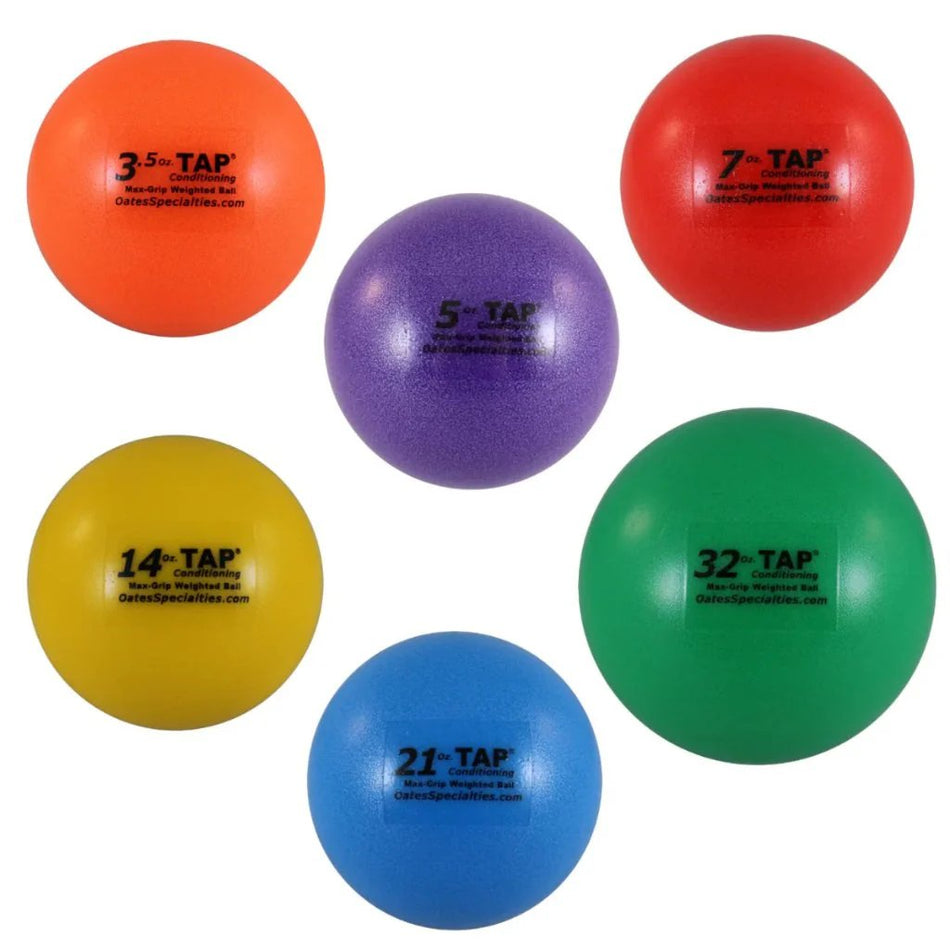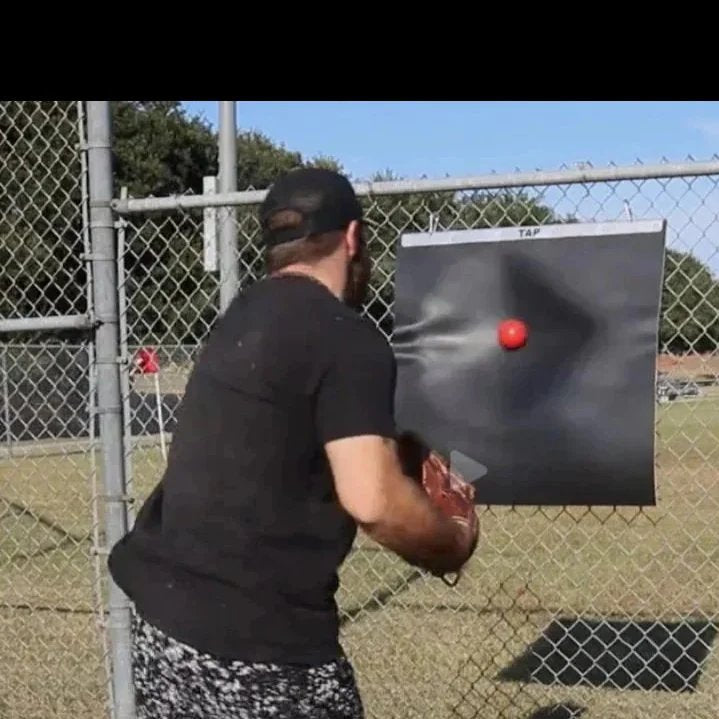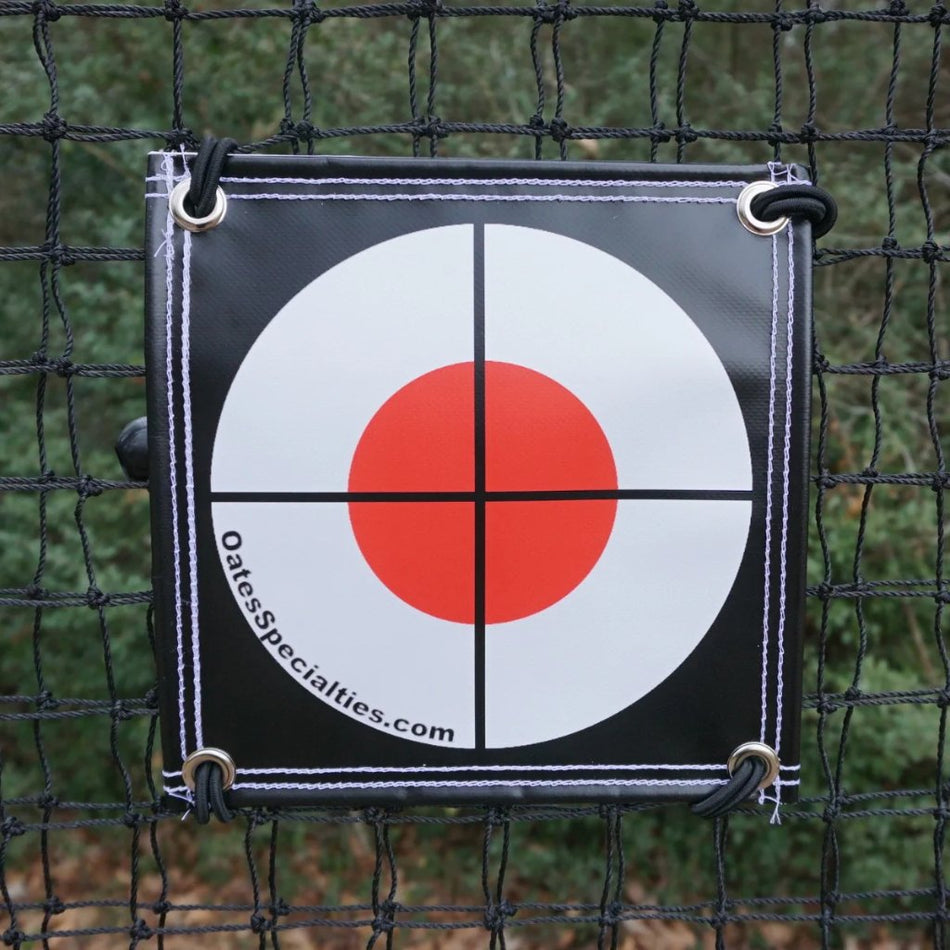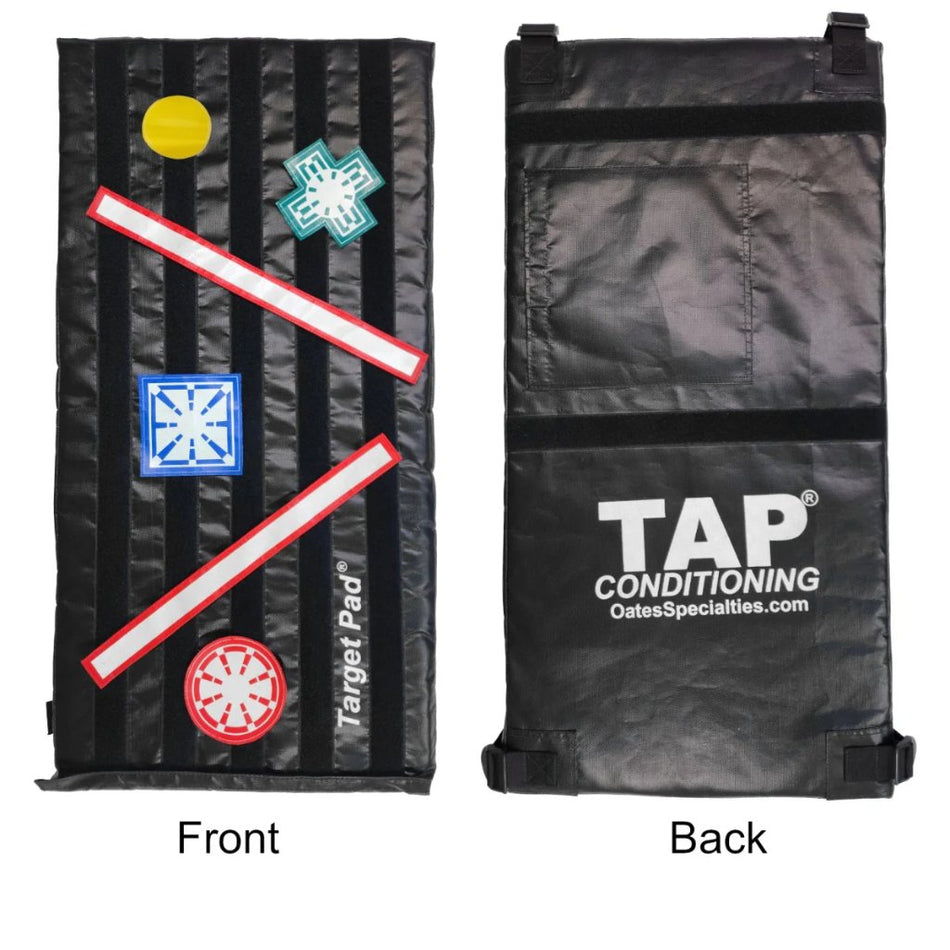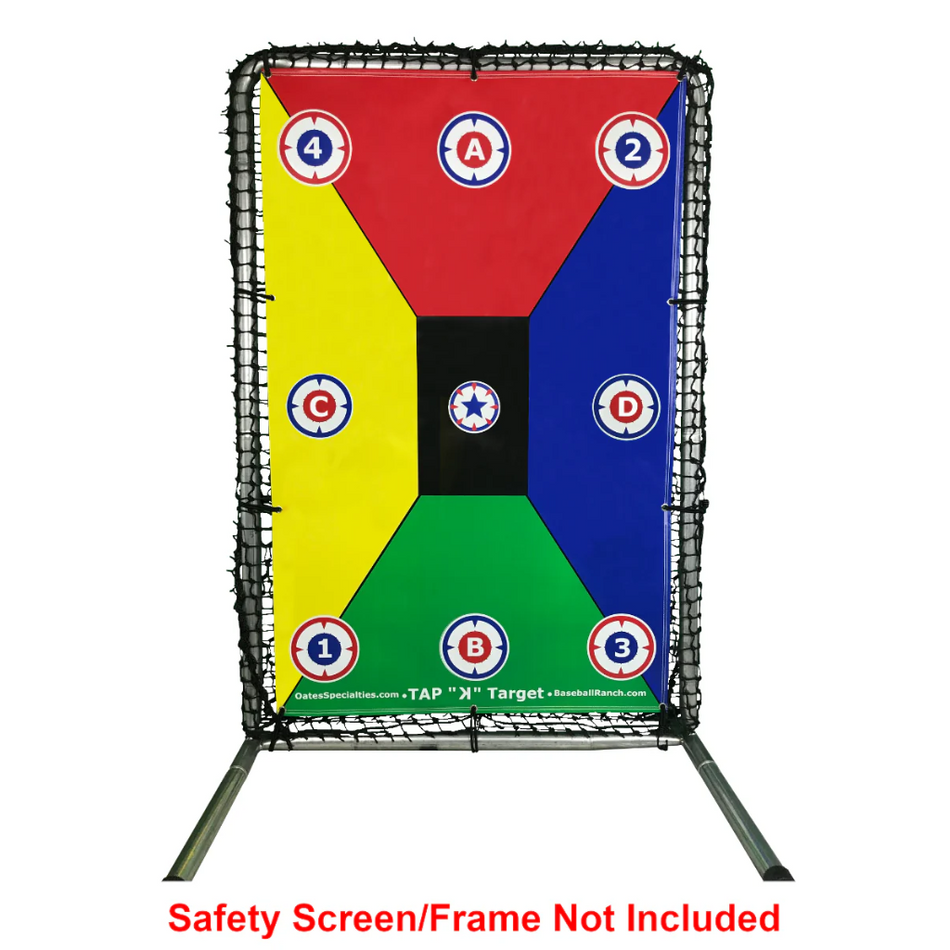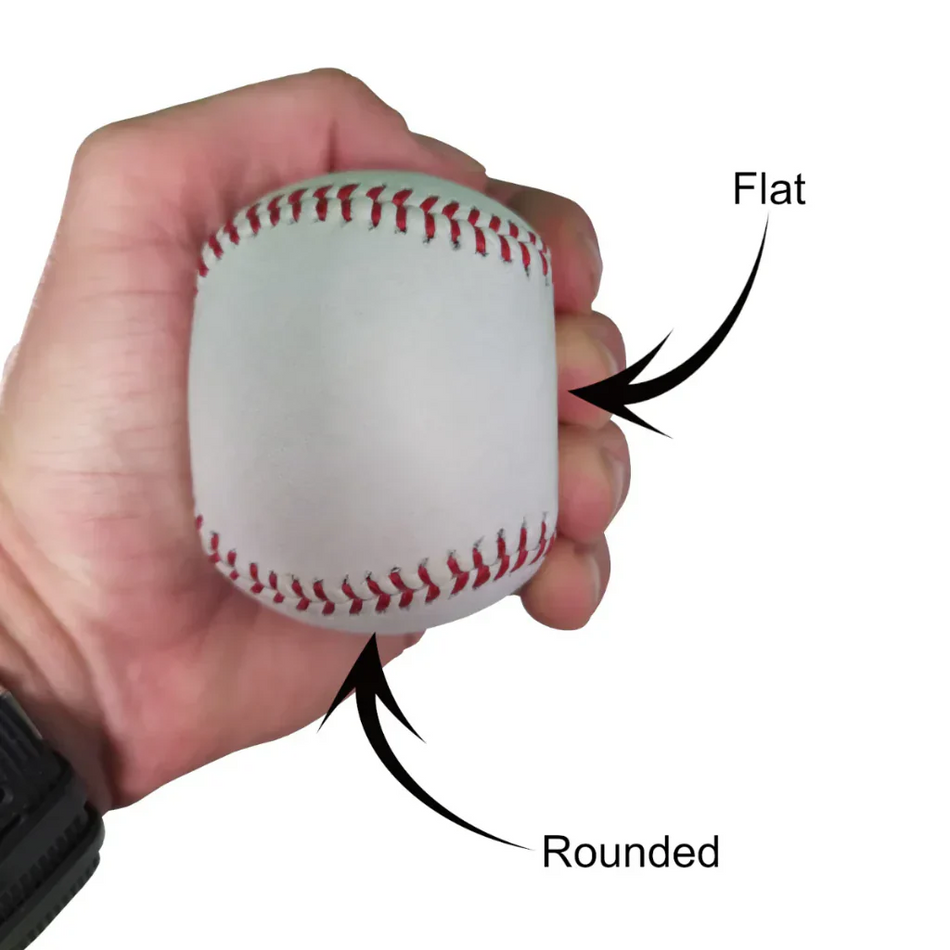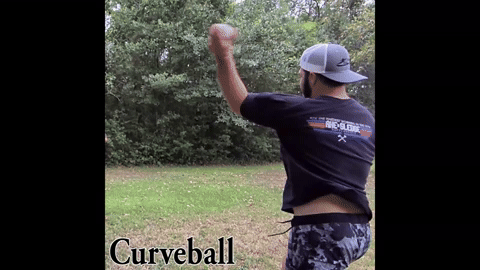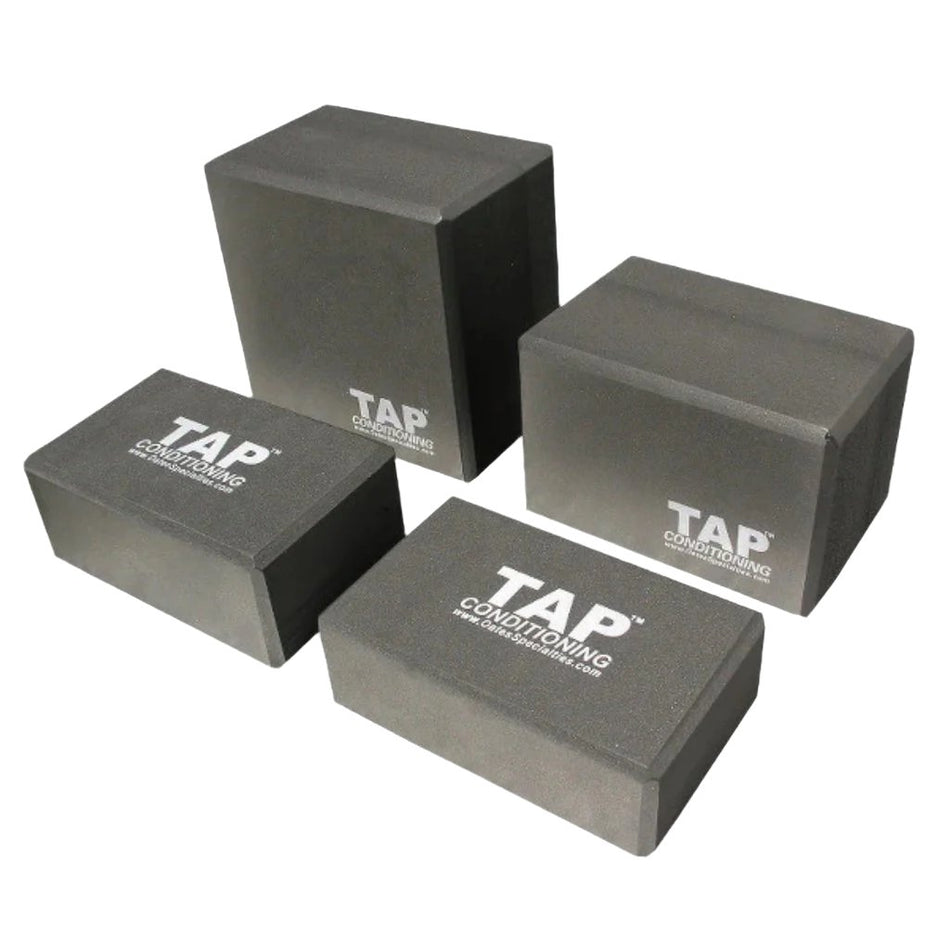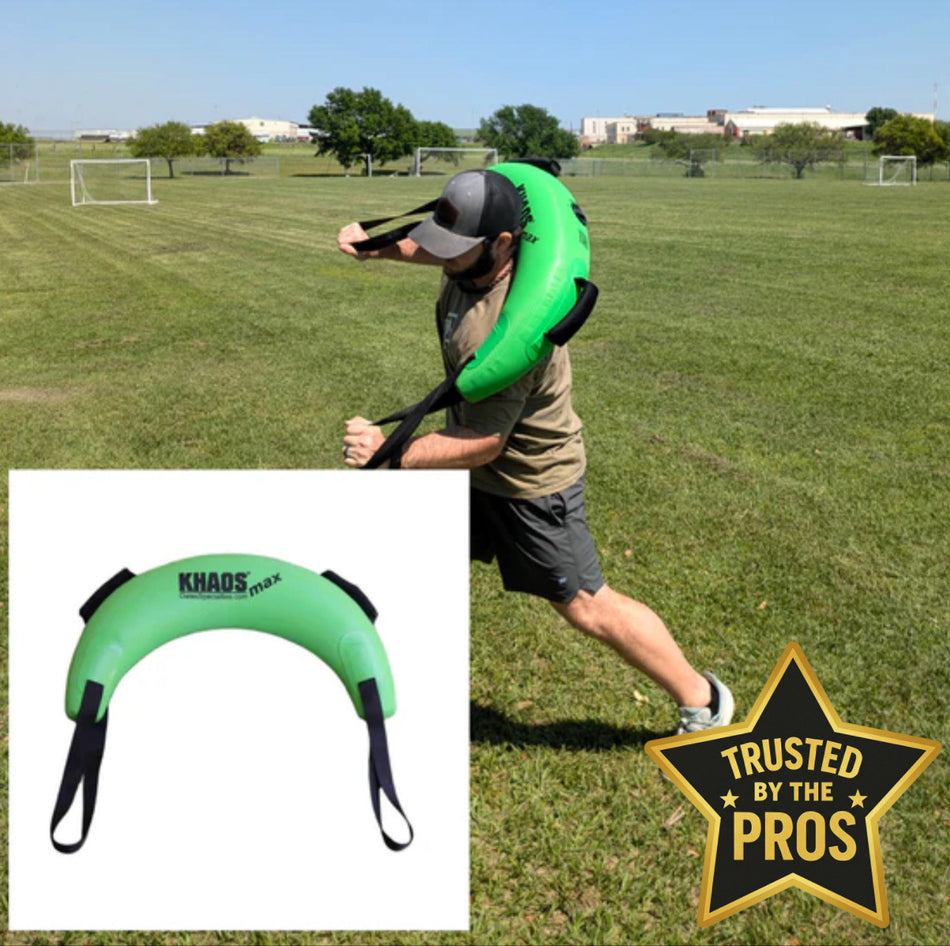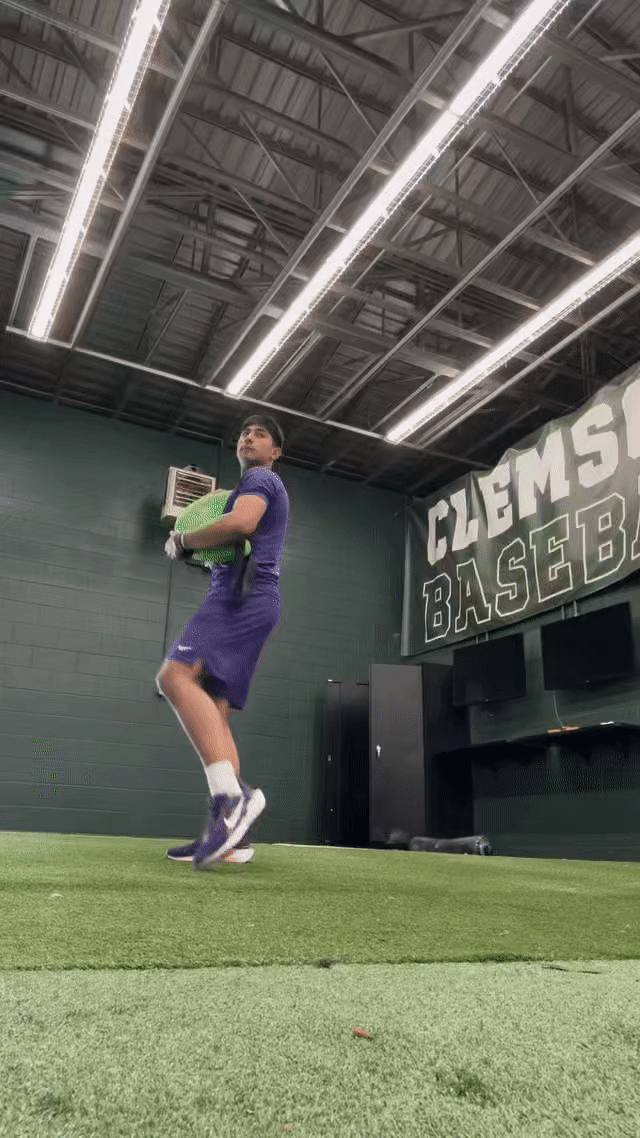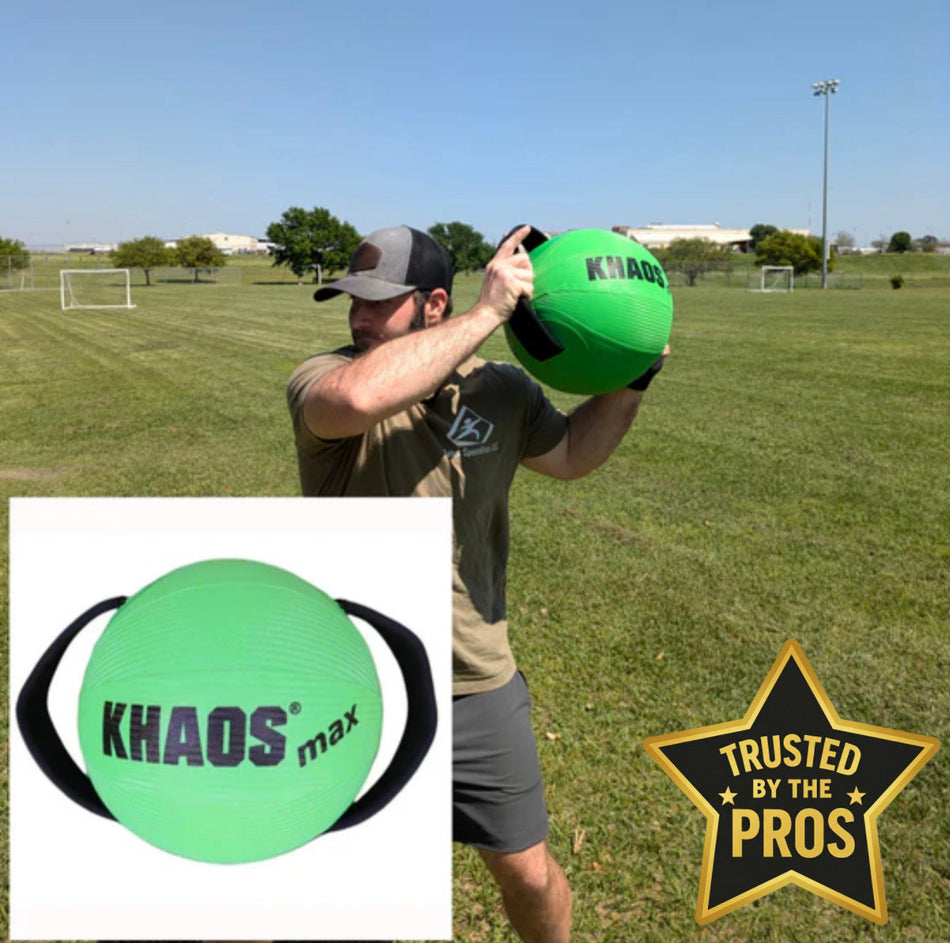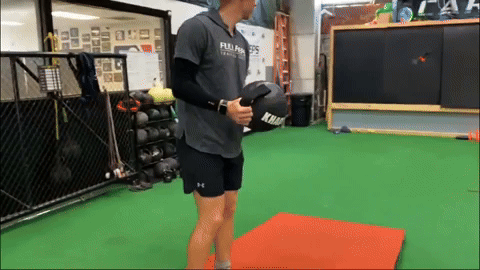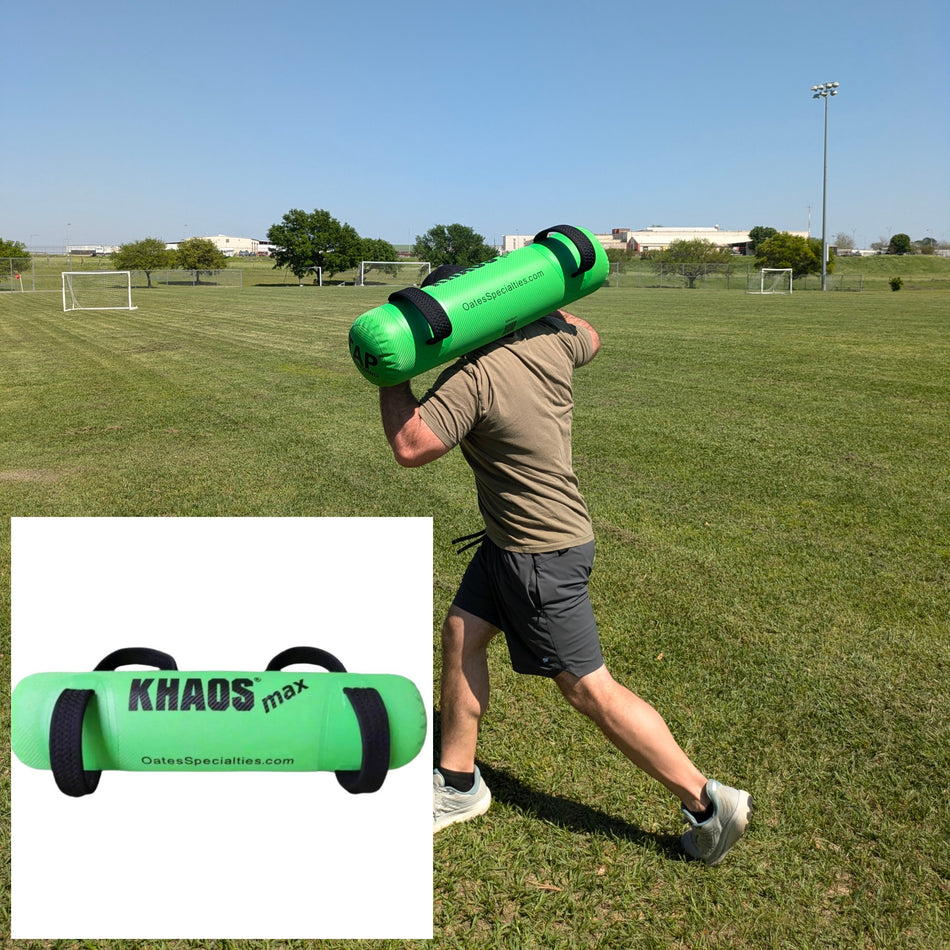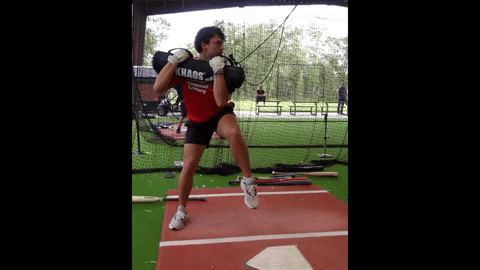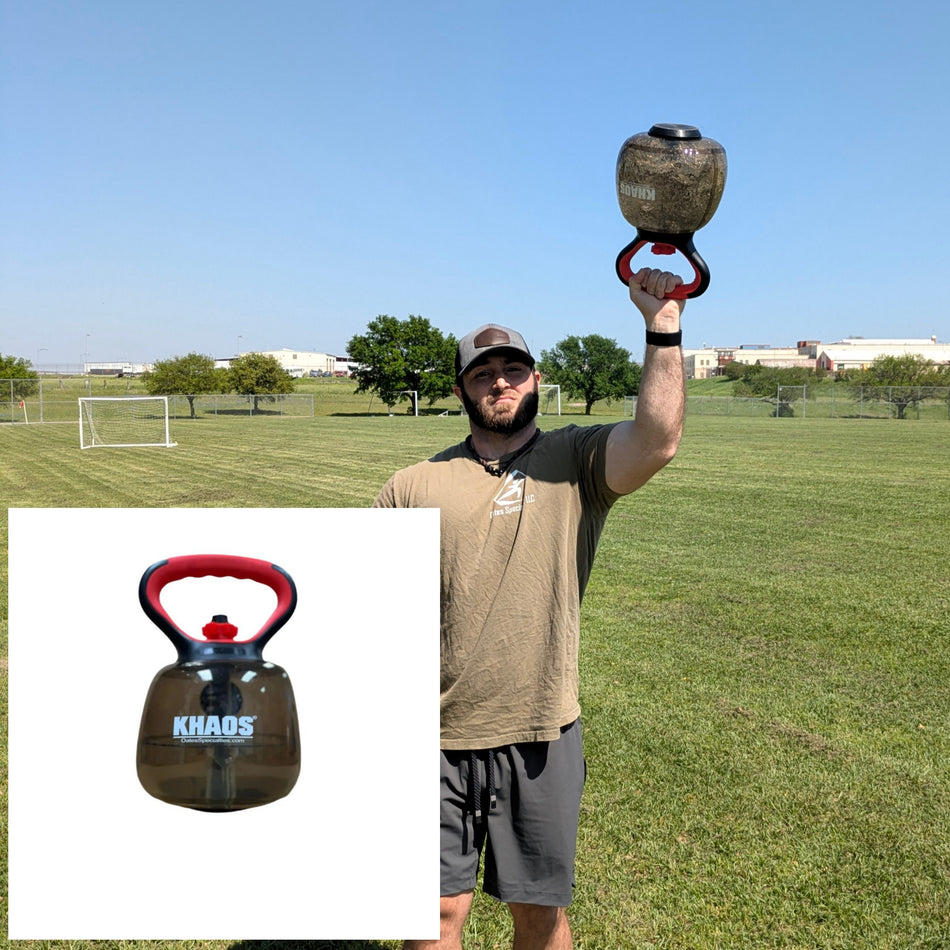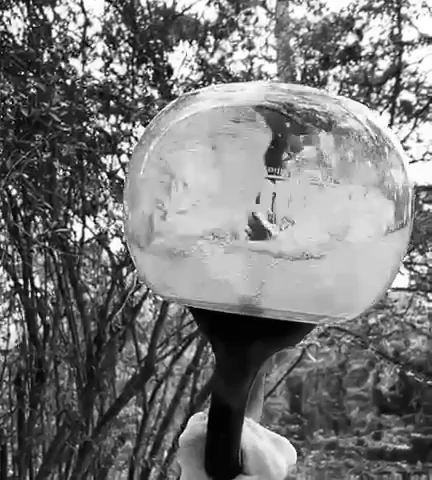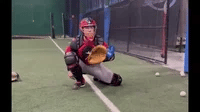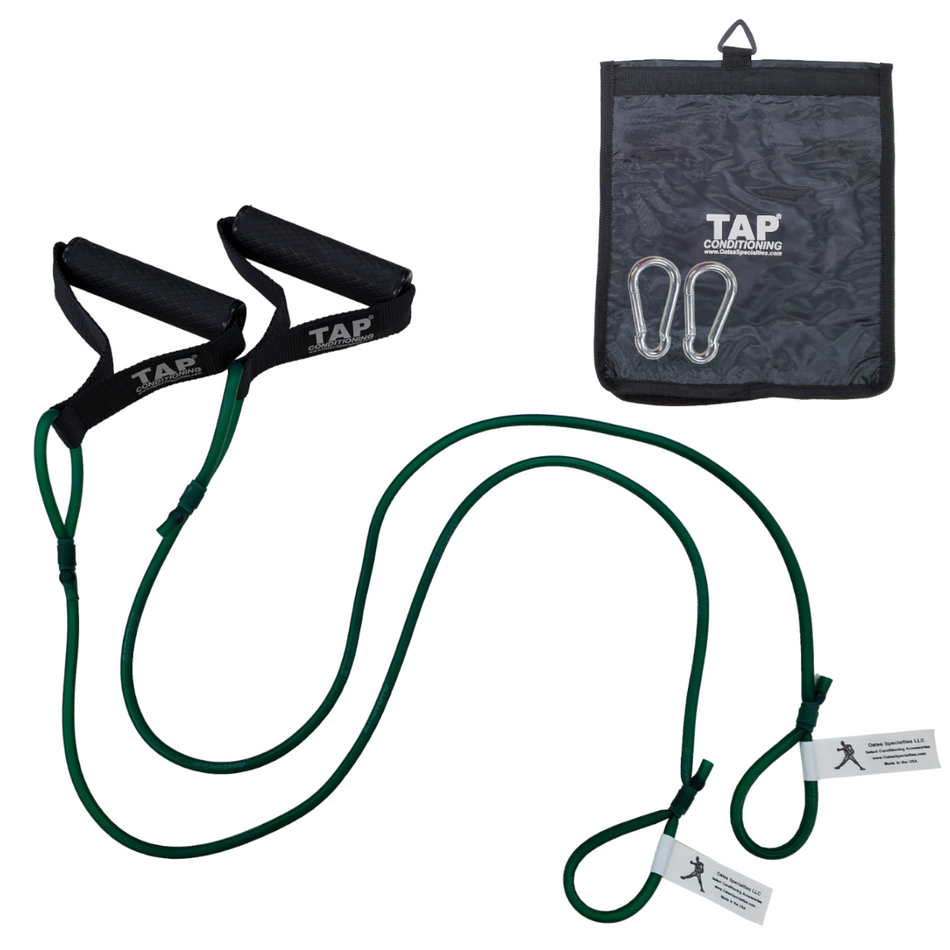Proprioceptive Training for Athletic Performance: Your Body's Secret Weapon for Consistent Performance
Part of the Water Training for Athletes series
What Separates Clutch Athletes from Those Who Crumble Under Pressure?
Watch elite athletes in crucial moments. The tennis player who maintains elite form while serving for match point. The baseball pitcher who delivers strikes despite stadium noise and pressure. The volleyball player who makes the crucial dig at a pivotal moment.
What these athletes share isn't just physical strength—it's superior proprioception, your body's ability to sense position and movement without relying on vision. This internal GPS system determines whether you maintain control under pressure or fall apart when it matters most.
Understanding Your Body's Internal GPS System
Proprioception involves specialized receptors in your muscles, joints, and tendons that constantly send position and movement information to your brain. When this system functions optimally, you can make precise adjustments without conscious thought—like knowing exactly where your racquet is during a backhand or maintaining good positioning while fielding a ground ball.
According to the National Academy of Sports Medicine (NASM), proprioceptive training significantly improves an athlete's ability to sense joint position and maintain control during dynamic movements. This enhanced body awareness becomes critical when visual and cognitive systems are overloaded during high-pressure moments.
How Water Training Enhances Proprioception
Unlike predictable weight training, water-filled implements create constant perturbations that challenge your proprioceptive system. Every movement requires micro-adjustments as the water shifts, training your body to respond to unpredictable forces.
The American Council on Exercise (ACE) recognizes that instability training challenges multiple systems simultaneously, including proprioception, balance, and core stability. Water training extends these principles by providing three-dimensional instability that may provide superior proprioceptive challenges compared to static resistance methods.
Movement variability plays a crucial role in this development. Rather than repeating identical movements, athletes benefit from exploring slight variations in their mechanics to develop the most effective movement patterns for different situations. This principle applies directly to water training, where the method of introducing instability may be as important as the instability itself.
Sport-Specific Proprioceptive Applications
Baseball Applications
Pitchers: Water training during delivery practice may enhance mound control, stability, and force production. Research drawn from unstable surface training demonstrates that it significantly improves balance and stability through enhanced mechanoreceptor activation.
Catchers: Stability training in baseball-specific positions helps develop the balance needed for receiving pitches, blocking balls, and making accurate throws to bases.
Hitters: Rotational water training may develop the trunk stability needed for consistent swing mechanics and timing.
Tennis Applications
Serving: Enhanced shoulder proprioception may improve consistency under pressure by developing better awareness of arm position and timing throughout the service motion.
Groundstrokes: Core stability training transfers to better balance during rapid direction changes and extended rallies.
Net Play: Improved reaction time and body awareness for quick volleys and defensive positioning.
Volleyball Applications
Attacking: Better spatial awareness during approach and contact phases leads to more consistent timing and power transfer.
Defending: Enhanced reaction time for unexpected ball trajectories and improved balance during diving attempts.
Training Protocols for Proprioceptive Development
Phase 1: Foundation Building (Weeks 1-2)
- Start with static holds with slight perturbations using water-filled containers at 15-20% capacity
- Focus on slow, controlled movements emphasizing awareness
- Practice with eyes open to establish movement patterns
- Duration: 15-20 minutes, 2-3 times per week
Phase 2: Challenge Progression (Weeks 3-4)
- Progress to dynamic movements with moderate water volumes (25-30% capacity)
- Introduce eyes-closed exercises to increase proprioceptive demand
- Begin sport-specific movement integration
- Monitor movement quality over resistance levels
Phase 3: Competition Preparation (Weeks 5+)
- Advance to variable water loads based on training goals
- Practice sport-specific scenarios with external distractions
- Integrate competitive pressure situations
- Focus on movement speed and precision
Measuring Proprioceptive Improvement
Track progress through objective assessments:
Balance Challenges: Single-leg stands with eyes closed, progressing from 30 seconds to 2 minutes
Reaction Time: Utilizing video, track the response time or redirection to unforeseen circumstances. Example: track how long it takes a tennis player to stop and redirect their movement to attack a ball
Movement Precision: Accuracy in sport-specific tasks under varying conditions
Pressure Performance: Consistency during competitive or high-stress situations
Professional Implementation Guidelines
For Coaches:
- Introduce water training during off-season periods when athletes have adaptation time
- Start with 15-20% of container capacity regardless of athlete strength level
- Progress based on movement quality rather than load capacity
- Monitor for overuse or inappropriate adaptation patterns
For Athletes:
- Begin with 2-3 sessions per week integrated with existing training
- Focus on movement awareness over maximum effort or resistance
- Allow adequate recovery between sessions (24-48 hours)
- Seek guidance for sport-specific applications from qualified professionals
Concluding Thoughts on Training





